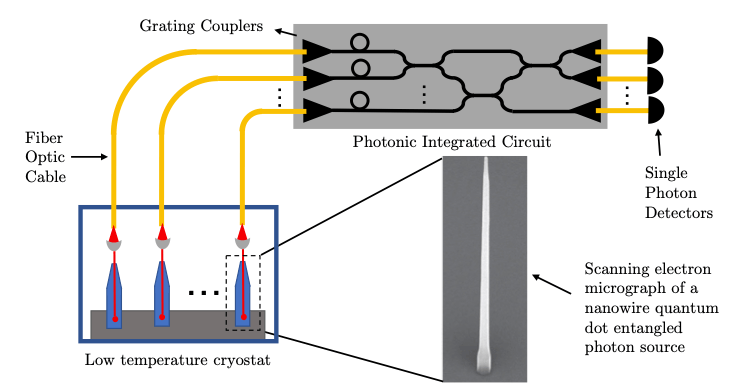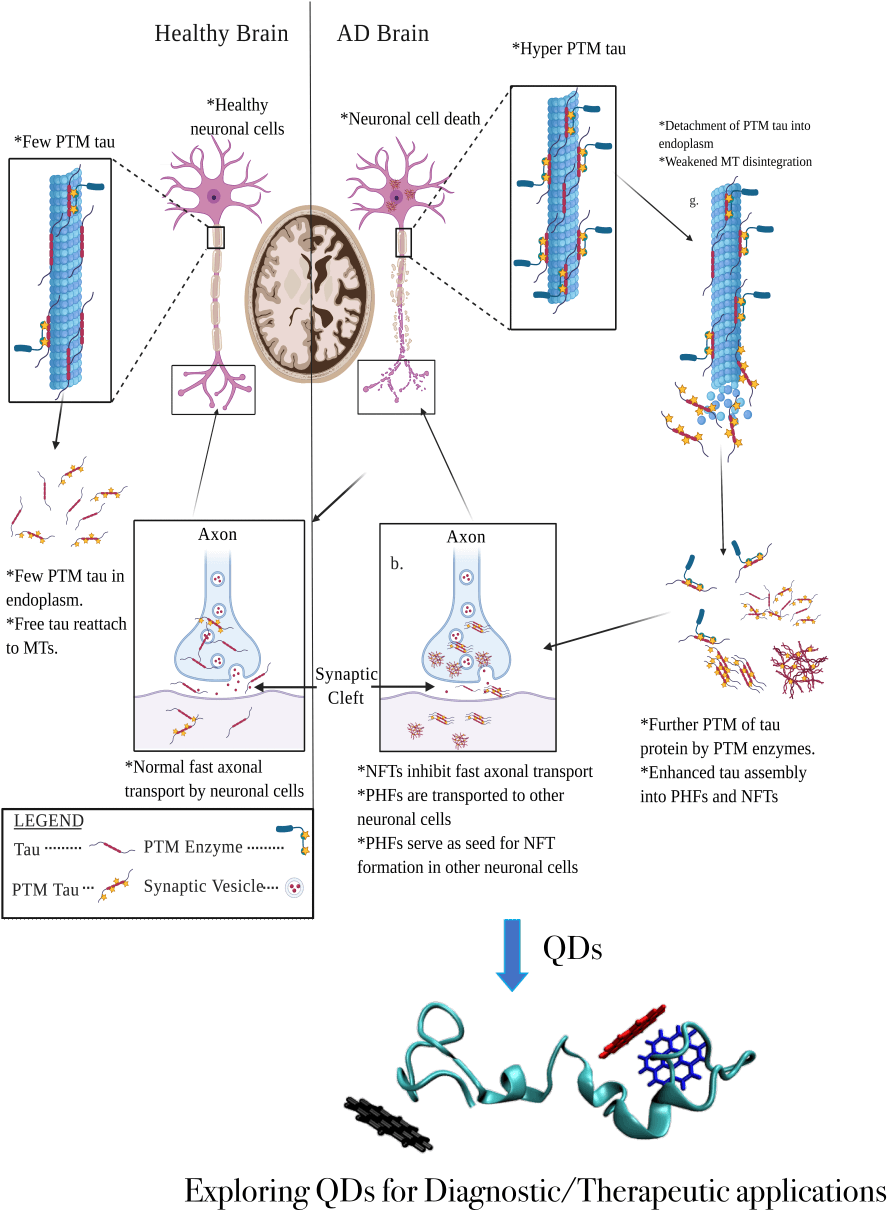Photonic quantum processors based on integrated quantum photonic circuits require entangled photon pairs to perform quantum computations. However, current state-of-the-art technologies utilize probabilistic entangled photon sources with limited pair-extraction efficiencies, negatively affecting the computation speed. This project aims to boost the speed of on-chip quantum operations by using bright, on-demand entangled photon sources with an extraction efficiency of more than two orders of magnitude higher than the existing state-of-the-art technology based on probabilistic photon sources. Our novel photon source will be developed by embedding quantum dots in tapered nanowire waveguides and surrounding them with a microcavity that accommodates entangled photons. This setup will produce bright, highly entangled photon pairs at a specified rate in a well-defined time interval, with high single-photon purity, pair extraction efficiency, photon indistinguishability, and entanglement fidelity. The tapered geometry of the nanowire allows for simple and efficient coupling of the produced photons into a low-loss optical fibre. This will enable the quantum dot sources to operate in a low-temperature cryostat, while the integrated photonic circuits operate at room temperature. Through fibre optic cables, the photons will be inserted into the integrated photonic circuit using custom-designed components such as grating couplers and edge couplers. This modular approach will be used to implement a vital protocol known as entanglement swapping, which is critical for large-scale quantum computing. Two core operations, a Bell-state measurement and quantum state tomography, will be performed by the integrated photonic circuits. The result of the procedure will be that two remote integrated photonic circuits will share entanglement. This novel quantum light source technology combined with integrated quantum photonic circuits will boost the speed, efficiency, and scalability of quantum operations compared to the current state-of-the-art system. Thus, this project will develop critical components of quantum photonic technologies that can pave the way for more secure communication, increase computation speed for complex problems, and enable a large-scale photonic quantum processor to be built in Canada.

Figure 1. Illustration of the proposed experimental system for interfacing entangled photons emitted by the nanowire quantum dot sources with photonic integrated circuits for implementing quantum computing tasks on-chip. The emission from multiple entangled photon sources based on nanowire quantum dots that sit at low temperatures will be coupled to single-mode fibres. Using grating couplers, the entangled photons will be coupled into the photonic circuit for processing and then coupled out for detection.
Related Content

Identifying the Potential of Quantum Dots to Detect and Disrupt Tau Protein Aggregation in Alzheimer’s Disease
Specific tests for Alzheimer’s disease (AD) diagnosis are currently unavailable, despite AD being the leading cause of dementia. One hallmark of AD progression is the aggregation of tau proteins into paired helical filaments and neurofibrillary tangles, which is accelerated by the hyperphosphorylation of Tau proteins. However, the mechanism by which the hyperphosphorylated tau accelerates protein […]
March 27, 2023
Fabrication of Ultra Low Noise RF SQUID Amplifiers
A superconducting quantum interference device (SQUID) is an extremely sensitive magnetic field detector.
June 1, 2017

Engineering and Characterizing Programmable Interaction Graphs in a Trapped Ion Quantum Simulator
Summary Quantum simulators have the potential to bring unprecedented capabilities in areas such as the discovery of new materials and drugs. Engineering precise and programmable interaction graphs between qubits or spins forms the backbone of simulator applications. The trapped ion system is unique in that the interaction graph between qubits can be programmed, in […]
July 24, 2018

Plasmon Control of Quantum States in Semiconductor Nanocrystals
Summary Thanks to the light-induced collective oscillations of free charges at the boundary between a conducting material and a dielectric, known as surface plasmon resonance, metallic nanostructures can exhibit strong light absorption and scattering. The sensitivity of these resonances to the local environment and shape of the metallic structures allows them to be used, […]
March 21, 2018

